When someone brings up the idea of a “pocket pistol” I imagine most people picture something in their heads like the Ruger LCP. While it may not be a primary first choice for a majority of concealed carriers out there, the Ruger LCP has a unique build for a unique role. In this Ruger LCP review, I will highlight the features and functionality of this firearm to give you a better idea of what this micro gun is all about. 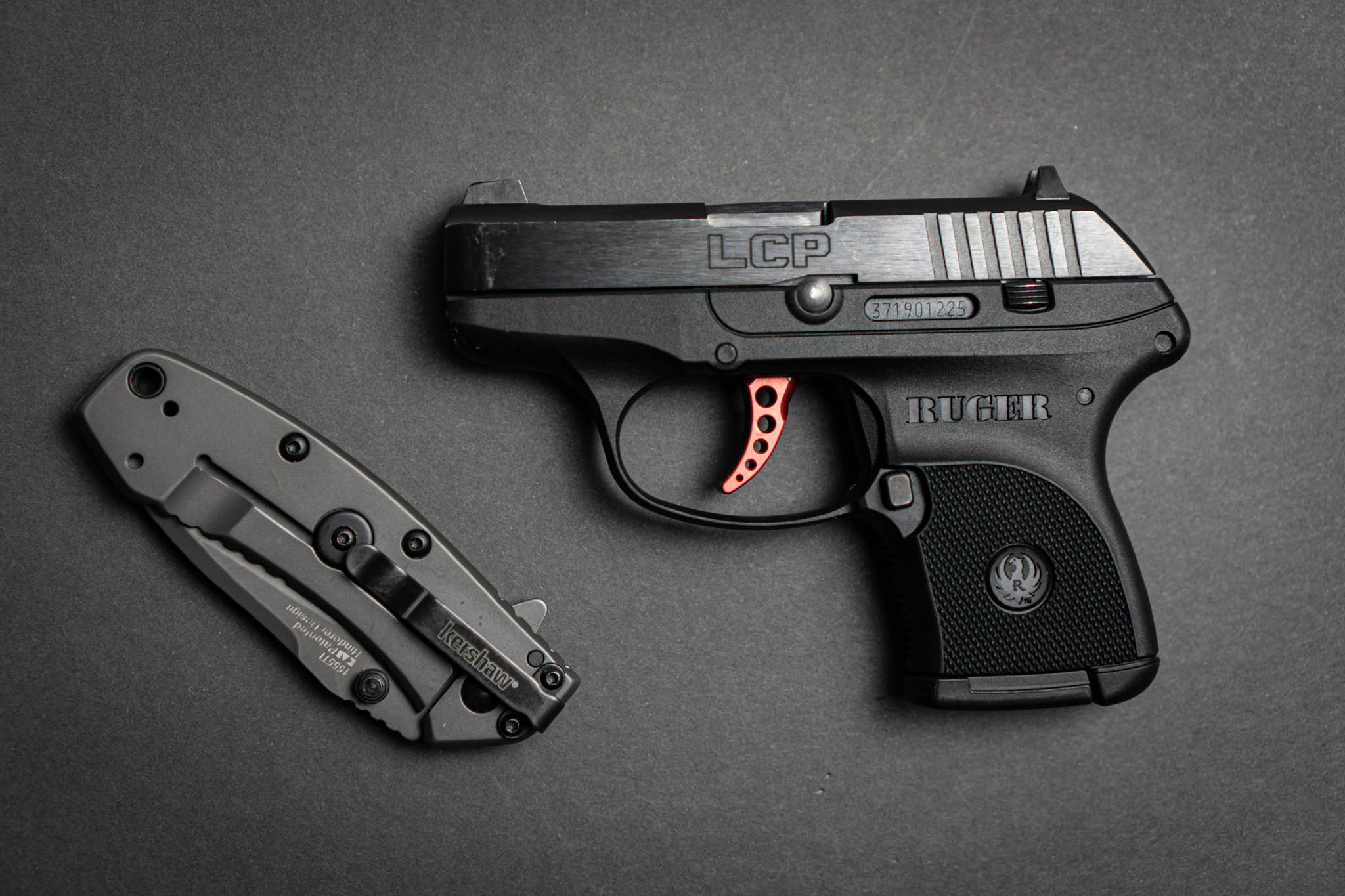
Overview & First Impressions: Ruger LCP
The Ruger LCP is an American made .380 ACP Centerfire pistol. Released in 2008, Ruger designed the LCP to be an exceptionally compact and lightweight carry option. Those who have fired a .380 ACP LCP will agree that it’s most definitely tiny, even for a .380 ACP pistol.
Variants of the LCP
One unique aspect of this pistol is that there are close to 20 different types of Ruger LCP pistols. Many of the variants are custom cosmetic production runs for distributors. The pistol I fired and tested for this review is an LCP Custom that was released in 2015. The LCP Custom stands out with a unique red aluminum trigger and advertised shorter trigger pull.
Along with extremely compact pistols come unique shooting experiences and features. This gun makes some of the other concealable options on the market feel like a Desert Eagle to some extent. (Take the Glock 43X, for example.) I think most would find the LCP reasonably comfortable to shoot for about the first 20 rounds. I don’t see many finding it comfortable to shoot hundreds of rounds through (like I did for this article.) Therefore, my experience with this pistol may differ from yours if you just shoot a magazine through it.
Right away I noticed that the LCP seemed to have a relatively high bore axis. In simple terms, having a “high bore axis” means that the barrel is positioned fairly high above the top of the hand on the grip. Due to the frame design, getting my hand up high on the grip proved to be difficult and I felt the recoil to be bit “snappy” as a result.
Firing the LCP is an interesting experience – especially if you aren’t accustomed to shooting something this compact. Obtaining and maintaining a good grip on a pistol this size is just something to get used to. The prominent recoil combined with a long and heavy trigger pull made the LCP less than ideal in the “shootability” category. 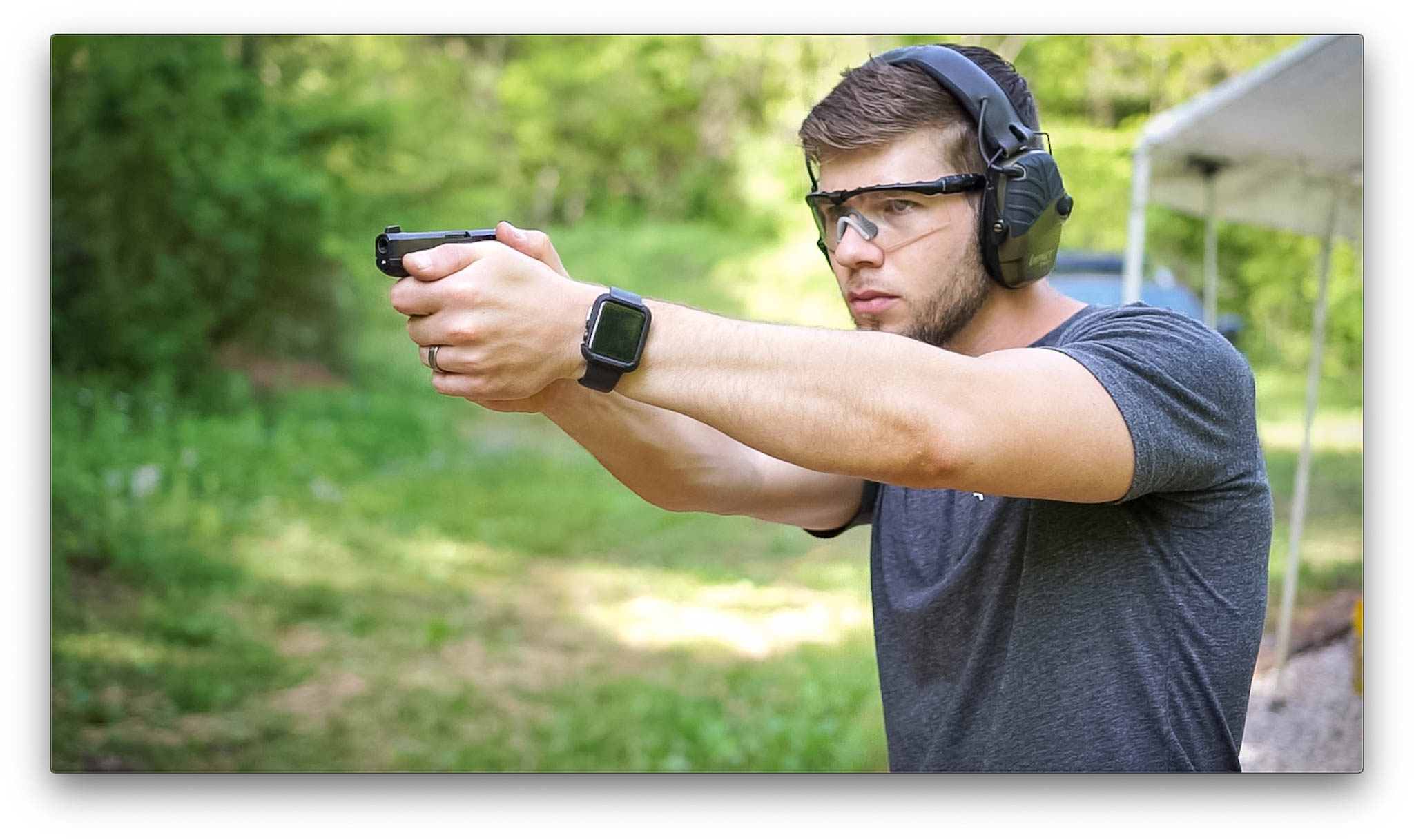
Caliber & Muzzle Velocity
When most people are selecting a concealed carry pistol, 9mm usually enters the conversation – at least to an extent. .380 ACP seems to be that somewhat shunned caliber among a good number of shooters. With advancements in ammunition technology, there are adequately performing .380 ACP rounds on the market.
While shooting the LCP for this review, I tested a few self-defense rounds. The LCP cycled each type of ammunition that I fed it with no issues. My trials included Hornady Critical Defense 90 gr. and Speer Gold Dot 90 gr. self-defense ammunition. I used a LabRadar chronograph device to test the muzzle velocity of Hornady Critical Defense 90 gr. FTX ammunition. My test included 5 rounds, which I averaged the results of. Hornady advertises a muzzle velocity of 1,000 feet per second out of a 4″ barrel for reference.
- Muzzle Velocity: 891 feet per second.
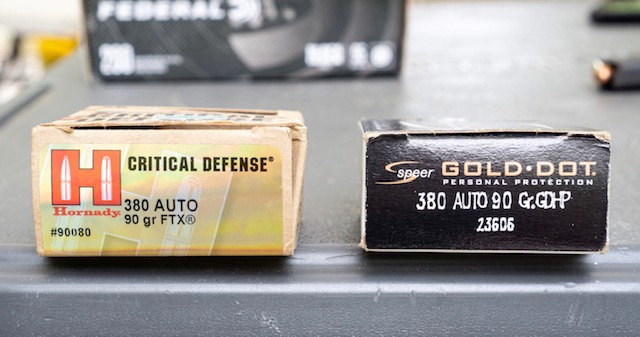
Ruger LCP Specs:
- Price: $259
- Caliber: .380 ACP
- Weight Empty: 9.5 oz.
- Total Length: 5.16″
- Height: 3.60″
- Width: 0.82″
- Barrel Length: 2.75″
- Capacity: 6+1
Frame Size & Capacity
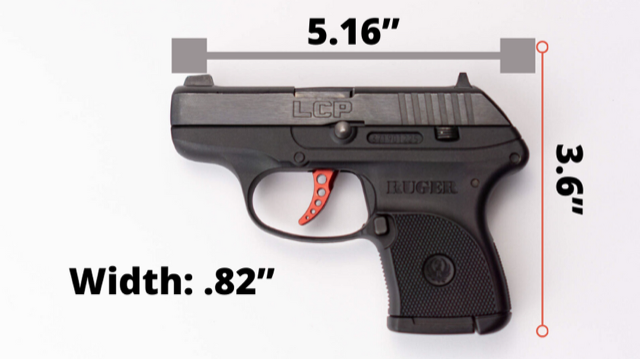 It’s no surprise that some may find the Ruger LCP to be “too small” for a proper grip. It had a hard time finding confidence while firing.
It’s no surprise that some may find the Ruger LCP to be “too small” for a proper grip. It had a hard time finding confidence while firing.
Measuring only 3.6″ tall and barely over 5″ long, the LCP almost feels like Ruger hit copy and paste with a nerf pistol.
With that being said, I really do see the draw and overall potential usefulness of the LCP. There’s a place for a gun like this in our world. I would imagine a majority of folks looking to carry an LCP would consider it a “get off me” gun. For that purpose of about 7 yards and closer, I see the appeal.
The 6+1 capacity combined with the compact magazines and magazine well would mean that you would likely need that fight to be over as soon as it started. Trying to reload the LCP quickly would be difficult without extensive practice. An obvious attraction to the Ruger LCP is that it allows someone to carry a pistol when they might not be able to otherwise.
Whether it’s a very restrictive environment or you just want to carry the LCP as a backup pistol, it could definitely fit the role. Some individuals in the Law Enforcement community use this pistol as an ankle carry backup and I see that as a very viable option. 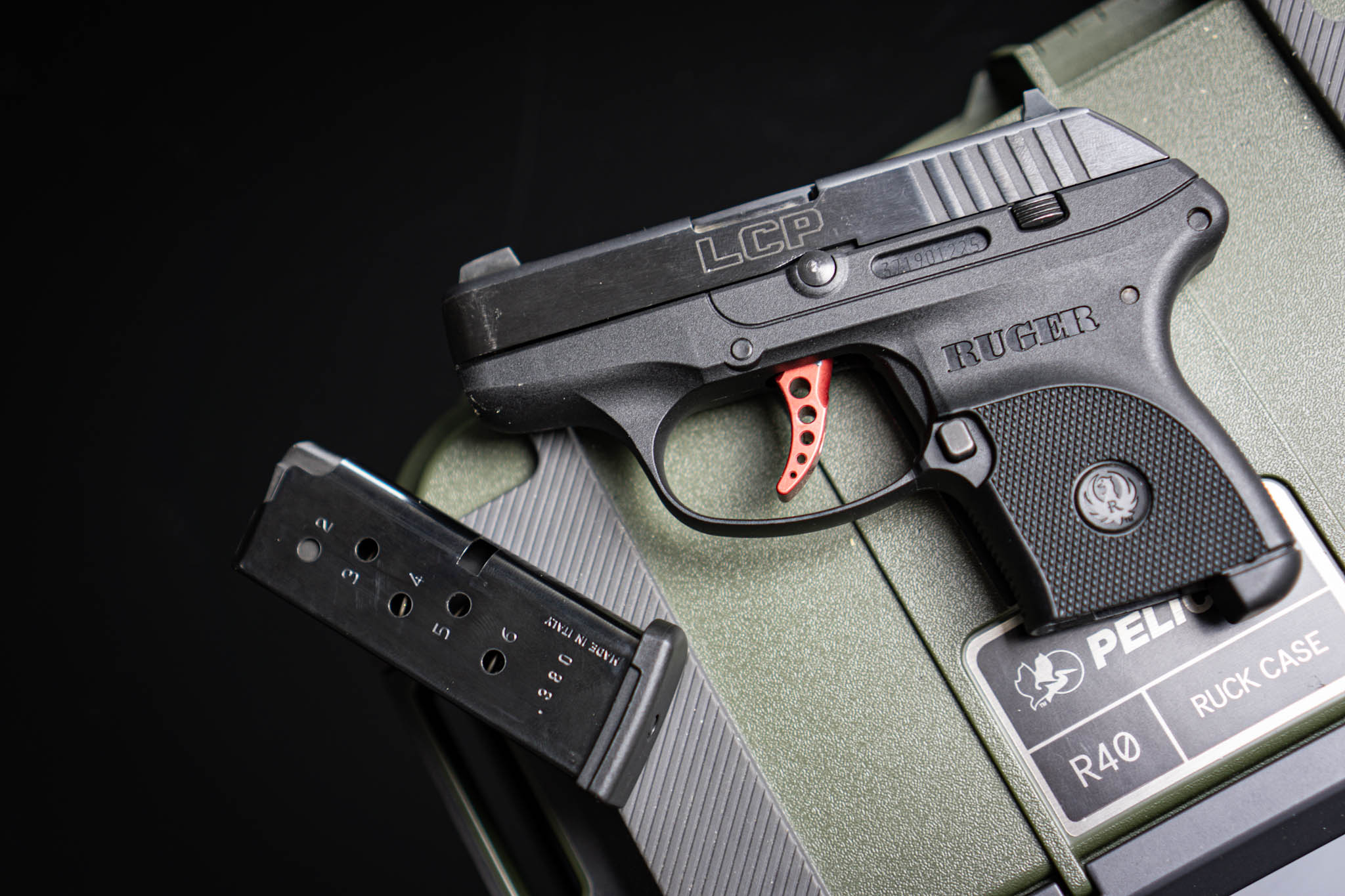
Ruger LCP Trigger Experience
I’ll start off by saying that the nice fancy looking trigger on the LCP-C model that I tested has zero reflection on performance. You know those guys who put a body kit and spoiler on a 4 cylinder sedan? I think they might also work for Ruger. I was not particularly drawn to the trigger on the Ruger LCP-C.
Trigger Weight Tests
The trigger pull felt long and heavy – even for being such a compact pistol. I conducted 10 test pulls which showed an average trigger pull of 7.2 pounds. The break did seem to be crisp and predictable. The reset, on the other hand, is something to adapt to. There is a noticeable two-stage reset in the trigger that is very unique. A distinct and audible “click” can be heard but the pistol will not be ready to fire until the second “click.” For those used to coming off the trigger just enough for reset, this may be a deal breaker.
There are, of course, aftermarket trigger options available for the LCP. I do know that the LCP 2 (released in 2016) comes with an updated and improved trigger.
Sight Picture
Being such an integral part of any handgun, the sights are something to consider when purchasing a pistol. Even though aftermarket sights are always an option, most of us would like to see good sights from the factory.
The sights included on the LCP-C that I tested were decent in my opinion. A blacked out rear and single red dot front made for fairly simple target acquisition. I usually prefer sights designed like the ones found here and I’m familiar with their use. If anything, Overall, I felt that these sights performed well for being on such an inexpensive firearm. 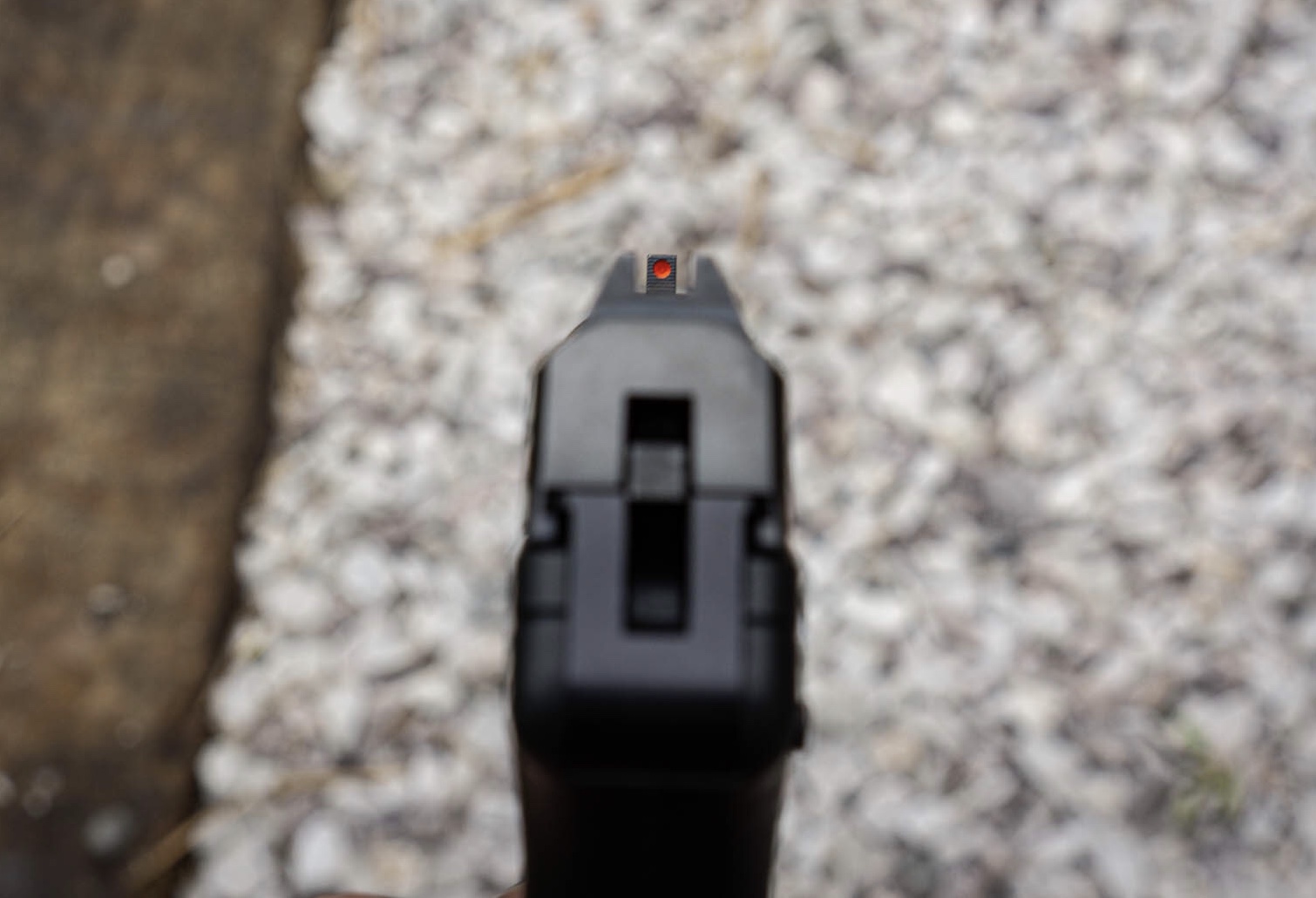
Shooting Experience & Functionality
Handling and operating the LCP is a unique experience. The unusually compact frame and features means that it might take more than a usual amount of practice to become proficient with this pistol. Outside of the trigger pull and reset complaint, other features were difficult to operate.
The slide release on this pistol seemed to be almost pointless as operating it proved to be excessively difficult. It’s apparent that the slide release is just too small to be fully efficient and reliable in my hands. I experienced some difficulty accessing the magazine release but it wasn’t a huge issue for me. Shooting the LCP accurately inside of 7 yards was not entirely too difficult on a human sized target. With that being said, I definitely felt more accurate with comparable options like the Glock 42. Some could argue though that the extra cash needed to pick up a Glock 42 (around $150 more) might not be worth the jump. 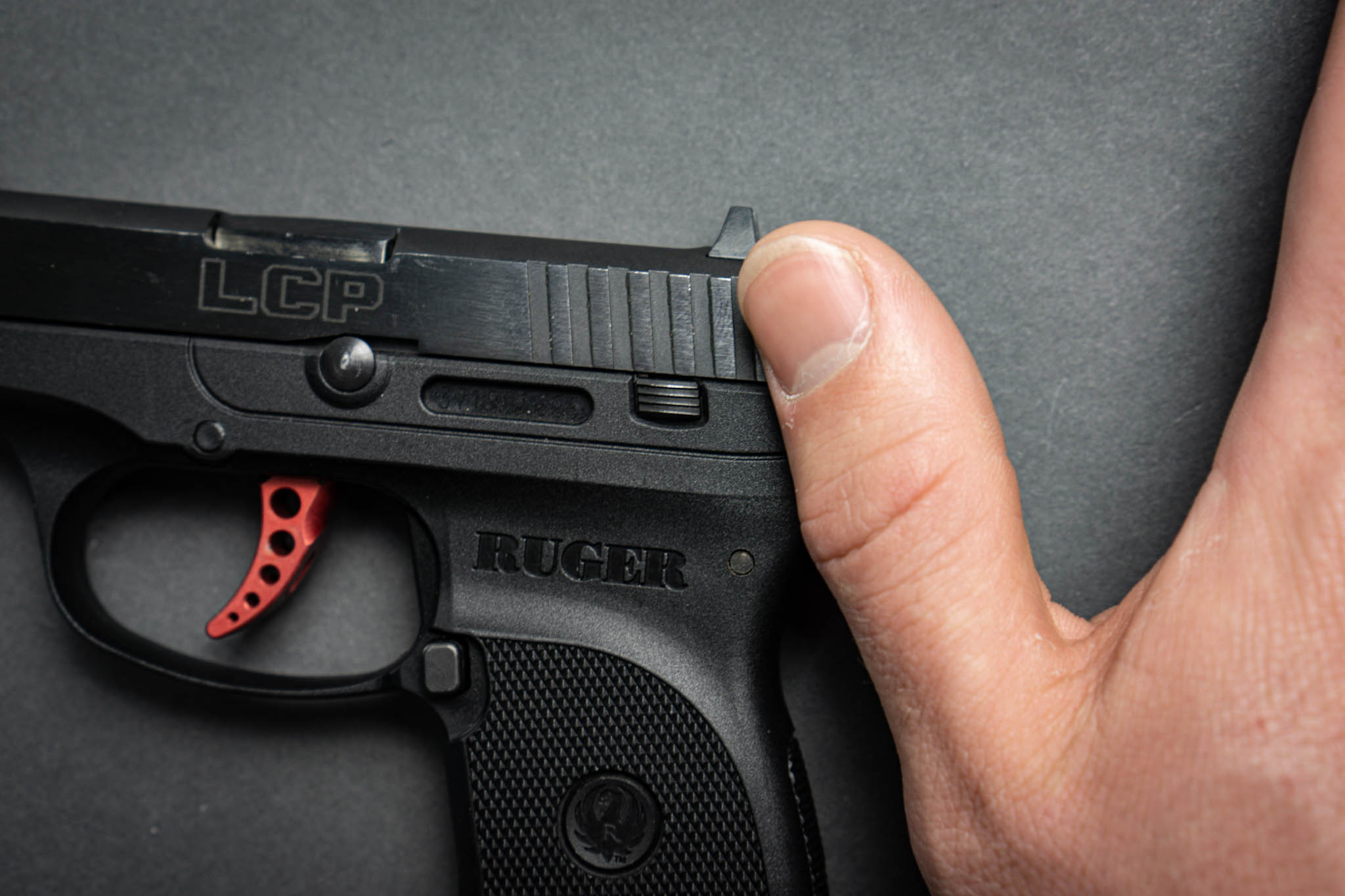
Final Thoughts: Ruger LCP Review
For those needing a backup pistol or a “get off me” gun, I really do see the appeal with the LCP. While not perfect, its inexpensive price point and decent reliability make it a popular contender in the micro-pistol world. With the intended purposes in mind, I see why so many select this pistol. Without a doubt, the LCP is a unique gun for unique applications.
Based on my experience with the LCP, I would be inclined to consider the second variation. Ruger released it in 2016 over this one due to the trigger. As a pistol to carry while out jogging or mountain biking? Absolutely I would bring the LCP without hesitation. This little pistol seems to be a great choice for when a standard single stack 9mm just won’t fit the bill. 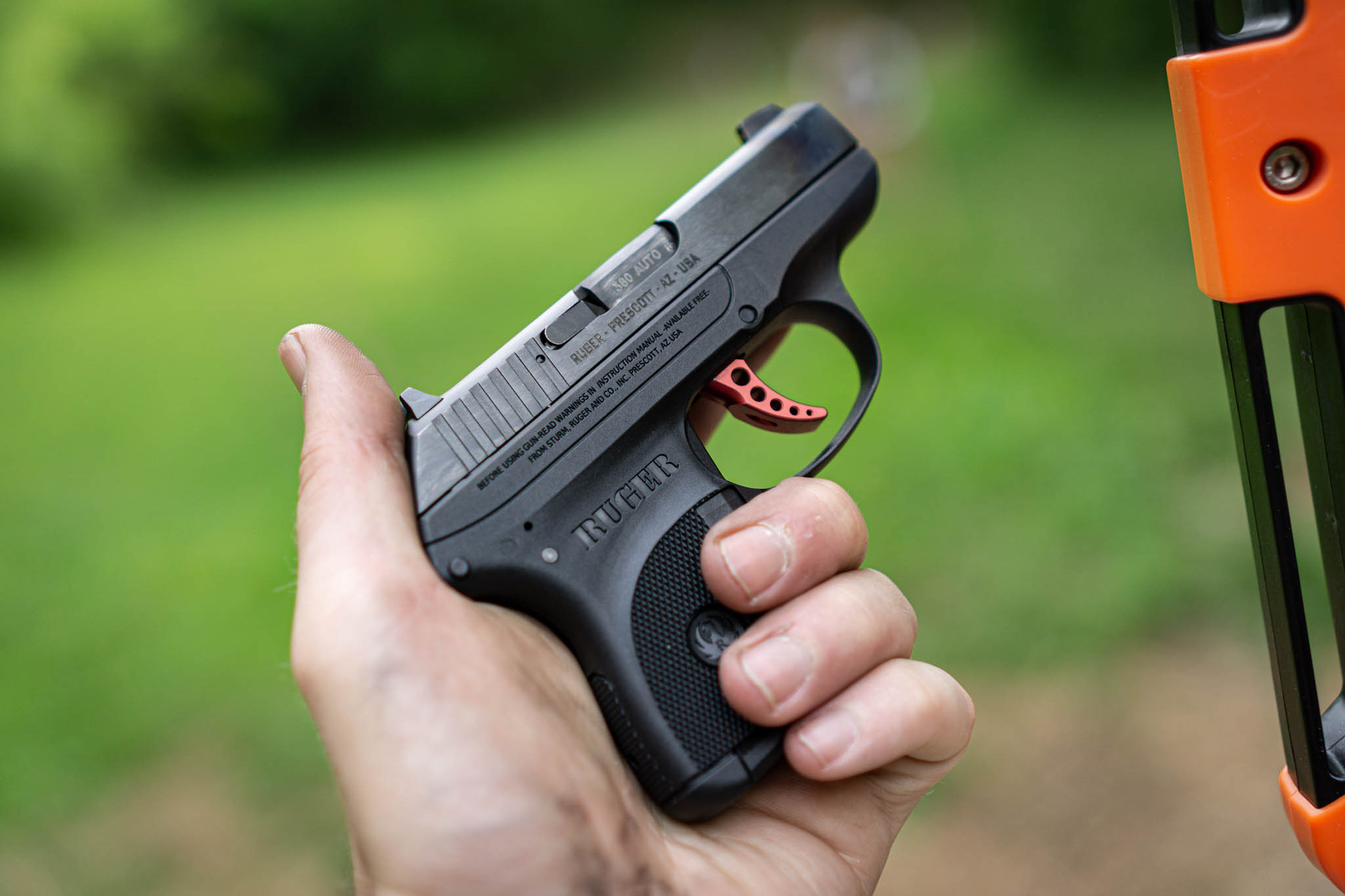


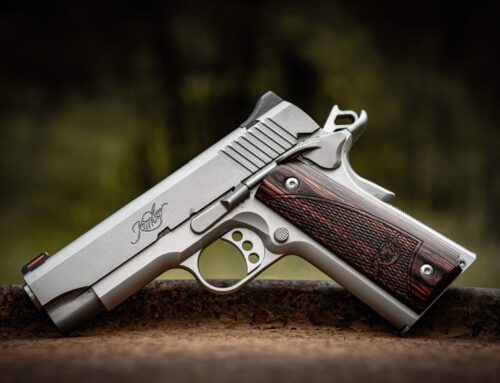
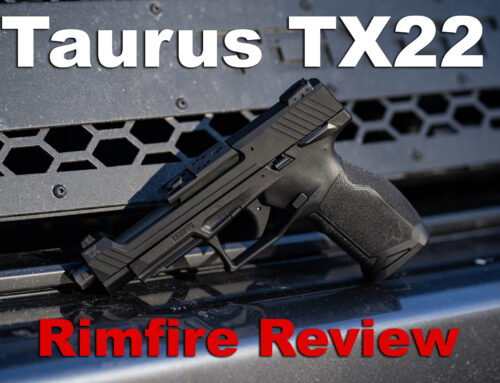
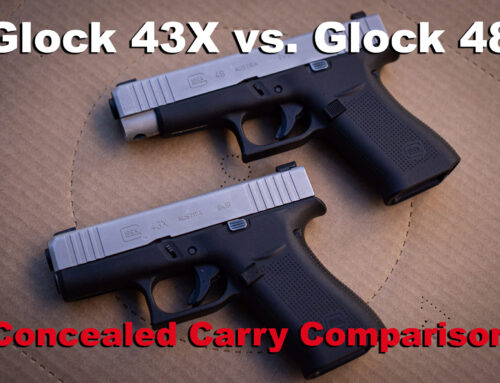

Comparing a G43 to an LCP is like comparing apples to oranges. The LCP is aimed at deep concealment where other choices compromise concealed carry. Of course it’s not the first choice for defending. My first choice is my short barreled 12 gauge. In many areas shotgun concealment is difficult. I live in Florida and the LCP is a life saving tool. Your whole review is skewed.